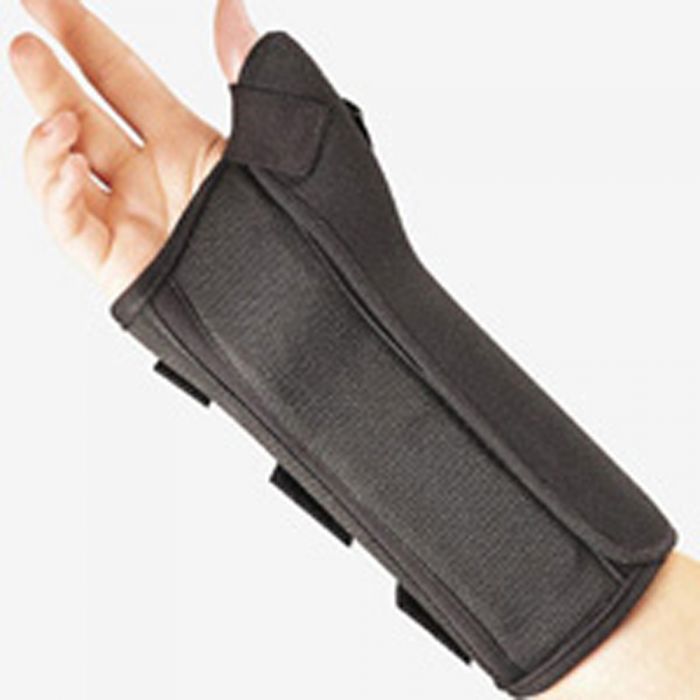- New norms
- Expanded age range
- Updated scoring
Ages: 5 years to 85 years
Testing time: 5-10 minutes
Administration: Individual
One of the most frequently used psychological tests of the last century has been extensively revised and updated for todays applications to your practice. The new KOPPITZ-2 has been expanded to cover a broad age range with additional designs and a revised scoring system to add reliability at all levels. For the first time, the Koppitz Developmental Scoring System has been normed on a nationally stratified, census matched sample of children and adults from throughout the United States.
The new KOPPITZ-2 is ideal for use by psychologists, educational diagnosticians, licensed professional counselors, OTs, and others with proper training in the use of psychologically based tests of visual-motor integration. It is a highly reliable, valid measure of visual-motor integration skills that applies the developmental approach to scoring made so popular by its originator, Dr. Elizabeth Munsterberg Koppitz. The new KOPPITZ-2 is true to Koppitz original conceptualization but has been redeveloped to meet current psychometric standards. The age range has been extended to allow the evaluation of special education students through age 21 and to assist in the evaluation of the visual-motor integration deficits of the growing population of seniors. For older children and adults, both 2 and 3 dimensional drawings are now required that reveal subtle deficits in visual-motor integration processes.
The Bender-Gestalt Test has long been one of the most frequently administered of all psychological tests. The Koppitz scoring system, with long outdated norms from the 1960s remained popular for 40 years due to its contribution to clinical assessment of individual children. The original Koppitz scoring system was used in more than 500 published research studies on children with visual-motor integration problems, brain injury, learning problems, and various forms of emotional disturbance. This revision remains true to Dr. Koppitz original views of the drawing of the Bender-Gestalt figures and the reduction in errors in the execution of these drawings as a true developmental phenomenon. The figures are derived from theories of Gestalt psychology.
The KOPPITZ-2 requires the examinee to draw increasingly complex figures from a model (the Bender designs) on a plain sheet of white paper and to organize the task independently.
The KOPPITZ-2 assesses the ability to relate visual stimuli accurately to motor responses and to organize the drawing task independently. It does so using a less structured task than other tests of visual-motor integration, thereby providing a more ecologically sound approach to assessment of visual-motor integration skills relative to highly structured drawing tasks.
Use the KOPPITZ-2 to:
- determine the presence and degree of any extant visual-motor problems
- identify candidates for remedial programs and visual-motor training
- evaluate the effectiveness of intervention programs and monitoring recovery following acute injury
- monitor the progress of progressive degenerative disease processes that affect visual-motor integration skills
- gather research regarding the visual-motor integration process
A special chapter of the Manual is devoted to the Koppitz Emotional Indicators (EIs) and their proper use. A specialized scoring form is provided just for this purpose to make scoring of the Koppitz EIs easy and objective but also to maintain them as a separate record from the Developmental Scoring System.
Key Features:
- Time and cost efficient.
- Maintains a developmental view of visual-motor integration and provides separate scoring systems for young children (ages 5-7 years) and older children and adults (ages 8 to more than 85 years).
- Completely nonverbal and useful with individuals from widely varied cultural and ethnic backgrounds.
- High reliability across age, gender, and ethnicity with reliability coefficients reported in the Manual for multiple subgroups, including individuals with various disorders.
- Designed for individual administration, the KOPPITZ-2 allows careful observation of the examinee to gain insights onto the qualitative nature of any visual-motor integration problems evident.
- Detailed scoring guides and a clear template are provided for the developmental scoring systems that result in high levels of interscorer reliability.
- Provides standard scores and percentile ranks along with specialized scores and age equivalents to meet the needs of all practitioners.
- The total normative sample of 3,600 persons is matched to US Bureau of the Census statistics on socioeconomic factors, ethnicity, region, community size, and other critical variables to ensure representativeness of the United States population as a whole.
- Internal consistency (alpha) reliabilities for all but one age are above .80, the exception being the reliabilities of the 5-year-old children which is .77, a value that rounds to .80. The average of reliabilities across ages is .88. The test correlates highly with the WISCIII Performance Scale and Perceptual Organization Index.
Order the KOPPITZ-2 WITH or WITHOUT the Bender Cards!
COMPLETE KOPPITZ-2 KIT WITHOUT BENDER CARDS INCLUDES: Examiner's Manual, 25 Examiner Record Forms Ages 5-7, 25 Examiner Record Forms Ages 8-85+, 25 Emotional Indicator Record Forms, and a Scoring Template, all in a sturdy storage box.
Bender is a registered trademark of Houghton Mifflin Company.





